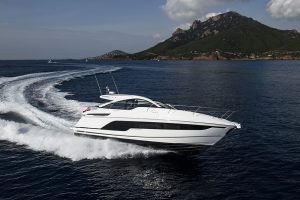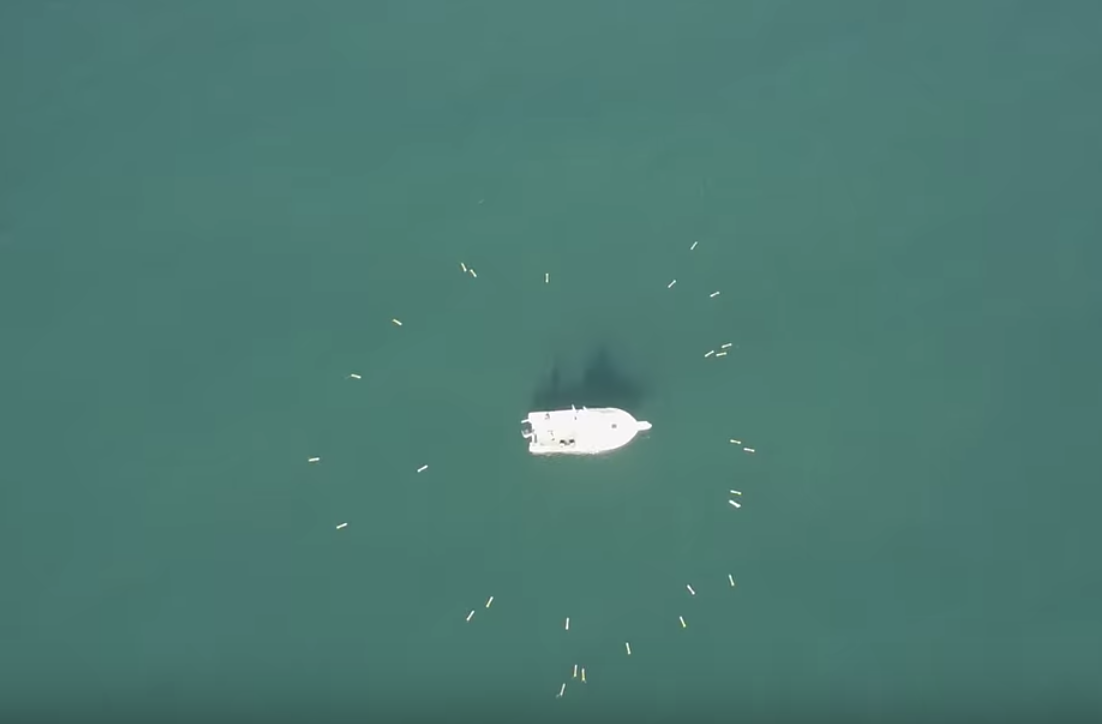Sailbuoy Met, the first unmanned surface vehicle to cross the Atlantic
Said to be the first unmanned surface vehicle to successfully complete the crossing, the Sailbuoy Met travelled a whopping 5,100 km autonomously
The Sailbuoy Met is thought to be the first unmanned surface vehicle to successfully complete the Atlantic crossing.
Sailbuoy Met was launched in Canada’s Newfoundland and reached the finishing line in Ireland after 80 days at sea, on 26 August.
The vessel travelled a total of 5,100 km to cover the 3000km stretch.
Sailbuoy is now sailing another 1,300 km on its way back to Norway.
Created by Norwegian technology company Offshore Sensing AS, the Sailbuoy is a long endurance unmanned surface vehicle made to navigate the oceans autonomously.

Sailbuoy is capable to stay at sea unmanned for months, transmitting back data at regular intervals.
Offshore Sensing AS says that Sailbuoy can be used for a wide variety of ocean applications: from measuring ocean and atmospheric parameters to environmental endeavours, such as tracking oil spills. It can also act as a communication relay station for subsea instrumentation.
The Norwegian company wrote on their website: ” We are very proud of her. She is the first ever unmanned surface vehicle to complete an Atlantic crossing.”
They also thanked the Marine Institute’s Centre for Applied Ocean Technology in Newfoundland for deploying the Sailbuoy.
Those interested in following the Sailbuoy Met’s voyages can track it in real-time from their computer, tablet or smart phone.
Rosetti Superyachts have announced they are working to adapt the Remote Control Navigation to yachts
Rosetti Superyachts are working to apply the Remote Control Navigation, recently demonstrated at the ITS Tugnology convention in Marseille, to…
Video: Unmanned boat successfully tested on water
The boat has been designed for remote surveillance and high-speed exploration and was tested successfully for the first time on…
Watch SwarmDiver: New group drone technology can chase down boats
SwarmDiver synchronised drone video shows how 'underwater terminators' could help ocean research and naval forces perform surveillance missions and coordinated…












